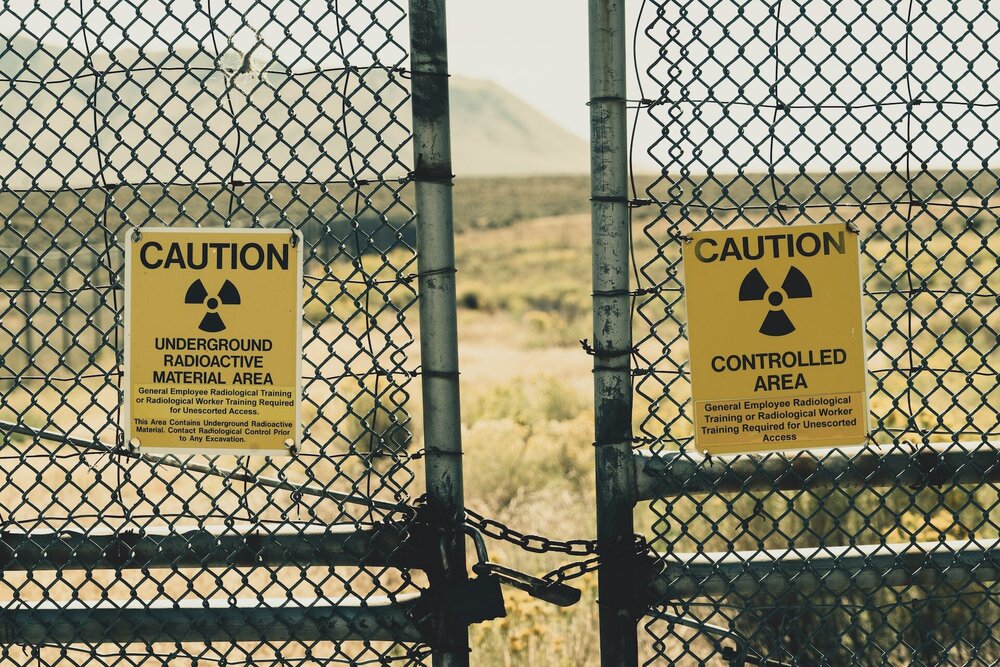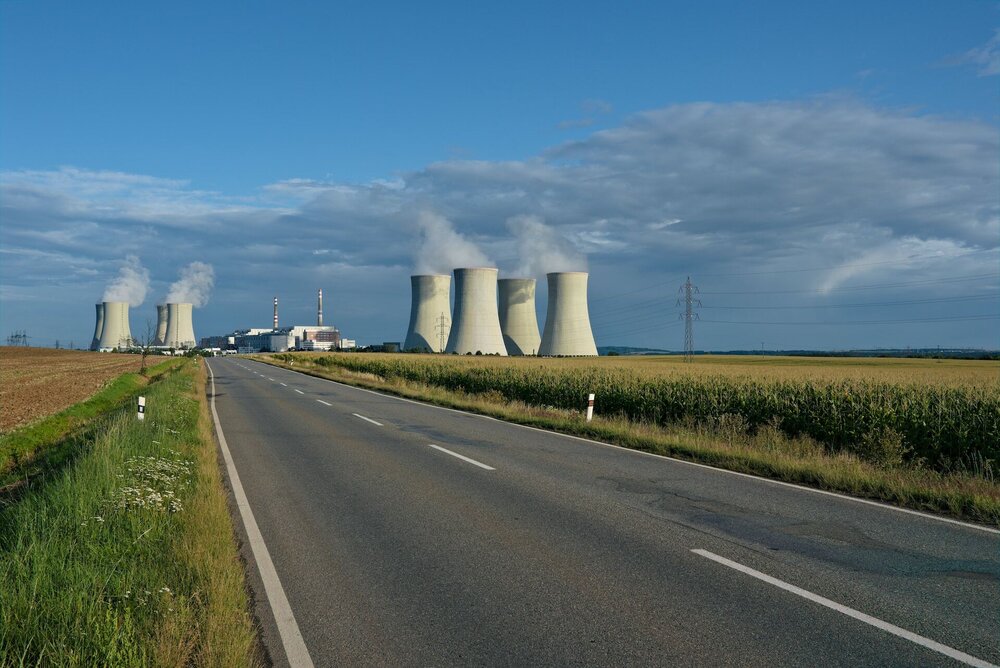Indigenous peoples win major victory against uranium mining corporation in Australia
By Ahni / Intercontinental Cry There was a major victory this week in the struggle to protect the Koongarra uranium deposit in Australia’s Northern Territory. The Northern Land Council, which represents native title claimants in the Arnhem Land region of Northern Territory, announced its decision to extend the boundaries of the world-heritage-listed Kakadu National Park to include the 1,200 hectare uranium deposit. When the National Park was founded in 1979, the Australian government decided to leave Koongarra out, clearly recognizing the potential market value of the deposit. Located in the heart of Kakadu, the deposit is estimated to hold 14,540 tonnes of uranium ore worth approximately $5 billion. ...

